Royal Academy of Arts Magazine, London
Article
2025
émergent, London
Interview
2025
C-Mine, Genk
Exhibition Text
2025
Hannah Barry Gallery x Foolscap Editions, London
Editor
2025
Lo Brutto Stahl, Paris & Basel
Exhibition Text
2024
Hannah Barry Gallery x Foolscap Editions, London
Editor
2024
émergent, London
Interview
2024
DUVE, Berlin
Exhibition Text
2024
émergent, London
Interview
2024
Incubator, London
Exhibition Text
2023
QUEERCIRCLE, London
Exhibition Text
2023
L.U.P.O., Milan
Catalogue Essay
2023
Tarmac Press, Herne Bay
Catalogue Essay
2023
Brooke Bennington, London
Exhibition Text
2023
Freelands Foundation, London
Catalogue Essay
2023
superzoom, Paris
Exhibition Text
2023
Lichen Books, London
Catalogue Essay
2022
Tennis Elbow, New York
Exhibition Text
2022
émergent, London
Interview
2022
Guts Gallery, London
Exhibition Text
2021
Kupfer Projects, London
Exhibition Text
2021
Collective Ending, London
Catalogue Essay
2021
L21 Gallery S’Escorxador, Palma De Mallorca
Exhibition Text
2021
TJ Boulting, London
Exhibition Text
2021
COEVAL, Berlin
Interview
2021
Quench Gallery, Margate
Exhibition Text
2021
COEVAL, Berlin
Interview
2021
Read the full interview here .
— Extract —
With paintings that are quick to test the anodyne, Elsa Rouy is an artist unafraid to explore the more prurient aspects of our bodily functions and relationships. Currently studying at Camberwell College of Arts in London, her work has a unique penchant for transgression — using erotica and humour as a means to explore how we embody contradictory feelings of shame, pleasure and codependency. Elsa’s work is fierce and provocative: adroygnous subjects embrace and exchange fluids, groping wildly and gazing at one another in torrential frenzy. It is a monstrous language of venous and opaline flows, a miasma of mutual deformation that splinters any sense of a solid or fixed identity. Fresh off the back of their debut solo show in London,
Plastic Doesn’t Sweat
, we speak with Elsa about her taste for the voyeuristic, the inevitability of death and why she’s proud for her art to be called “disgusting.”
Charlie Mills: In October 2020, you had your first solo show with Guts Gallery – in collaboration with Soft Punk – called, Plastic Doesn’t Sweat. Can you tell us about the theme for the exhibition and the works included in the show?
Elsa Rouy: I included four artworks: Falsifying Catharsis, Spout Out and Splash About, Bring a Bucket and a Mop and Tugging on Each other’s Ego Straps alongside three latex garments. I think the paintings in Plastic Doesn’t Sweat were a catalyst for what I’m now exploring in my work. For those paintings, I was focusing on relationships between people – notably dependency, vulnerability and pleasure – using erotic images and humour to investigate this. The exhibition concentrated on the idea of emotionally shielding yourself and the duality between false and real emotions, shown through fake body parts that imitated sexual organs, alongside the implication within the title. I wanted the viewer to be a voyeuristic counterpart to the paintings and question the boundaries of comfort and safety that they feel.
Bodily fluids – especially their exchange and co-contamination – are a central axis in your work. The last year has seen an increased fear – a near phobia of this exchange. How has our changing relationship to the body during the pandemic affected how your work?
To me, bodily fluids are the connection to being human as we all have the potential to produce them. I think they also relate to the idea of mortality, our need to hide them partially stems from them being a reminder that we will inevitably die. For this reason, I find the increased fear quite interesting, especially being someone who is a bit of a hypochondriac – having previously suffered from extreme fear and anxiety of falling ill. Bodily fluids during the pandemic have become the embodiment of potential death, so I think it caused an even stronger taboo around them as they are now seen as contaminants. Saying this, I have found the pandemic fairly cathartic for dealing with this anxiety. Personally, I was already terrified of the idea of a foreign body entering my body. It’s a boundary thing – a disruption of our perfect self, much like an intrusive thought. I think this is evident in my artwork.
Your paintings are filled with androgynous erotica, the gaze and the abject – they are also expressions of a child-like dependency and liberation. There are gushes of milk from the breast, flows of red blood cells modulating the placenta, jets of sperm sucked in by the womb. What informs this set of motifs in your work?
It mainly stems from my interest in internality and exteriors and the crossing and distortion of the two. The spouts of fluid coming out and going in are breakings of a surface. For me, there’s an emotional significance that coincides with the imagery of expulsions and intrusions. Mainly centred around feelings of shame and guilt and the releases or harbouring of these. I used to use erotica to transgress certain emotions in a way that can be visually understood by an audience, however, now it is much more to do with relaying thoughts that I have had or ways that I have viewed myself. I like to keep the figures fairly androgynous so that they are to an extent, genderless and can be representative of anyone regardless of gender. Recently I have started to depart from this. I am consciously painting women that can be seen as monstrous and violent to relay my personal relationship with myself. I try to form an affinity to the parts of myself that are potentially not acceptable in western society. I have also started to use the imagery as a critique and subversion of mainstream representations of women throughout history, without apology.
Your Instagram bio reads, “Disgusting. And bad art.” Where does this quote come from, and what does it mean to you to appropriate and uphold this comment?
The quote comes from a comment left underneath one of my paintings on Instagram. I found it really amusing, everyone is entitled to their own opinion so I wasn’t offended. I think I found the bluntness and the fact that my work had the capability of making someone offended comical. As it was about my work, I decided to appropriate her comment and leave it in my bio as if it was a review, a bit like what you find on movie posters but bad. The woman in question actually did quite exciting paintings of horses, it’s a shame she didn’t have the same attraction to my work.
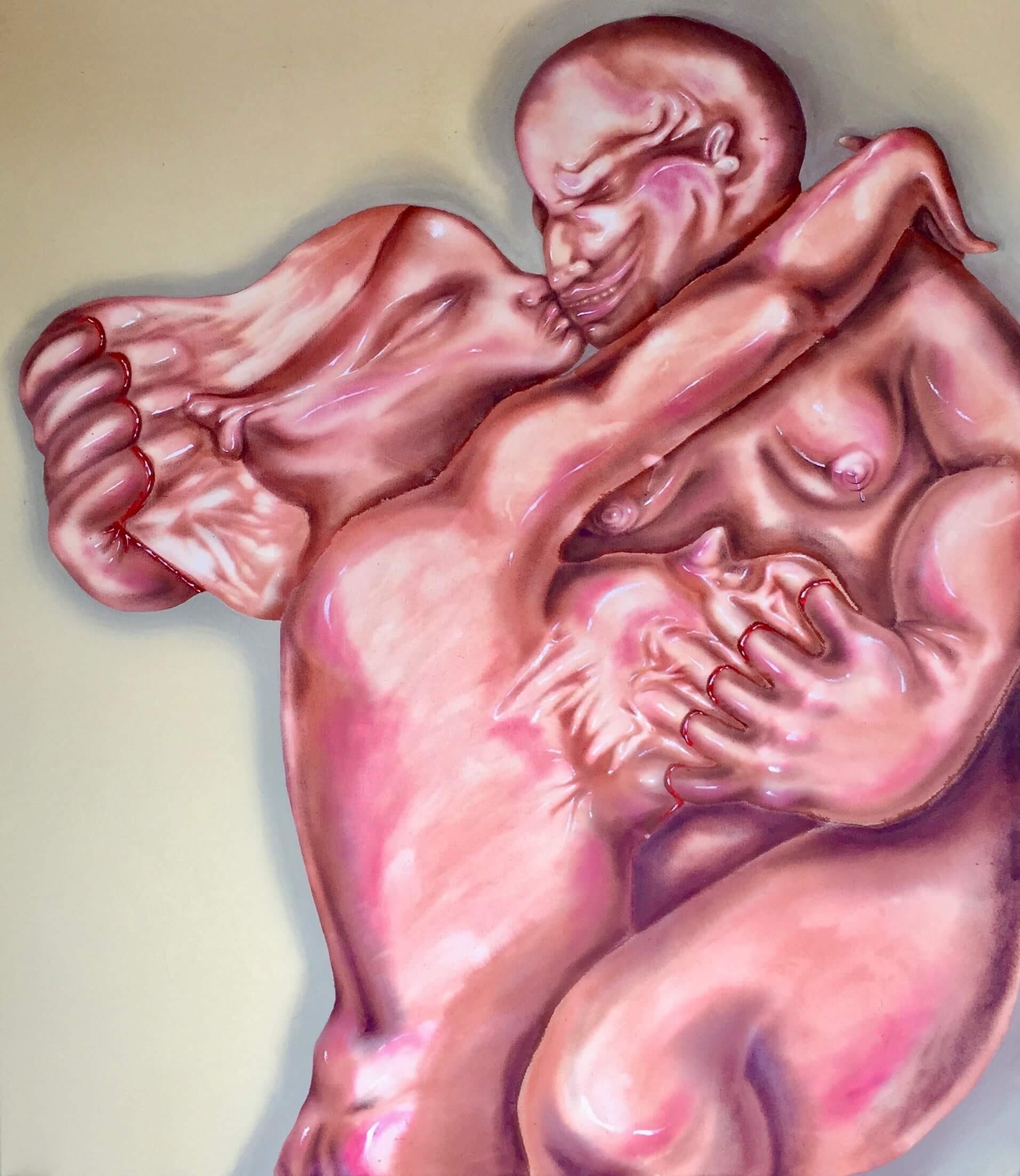
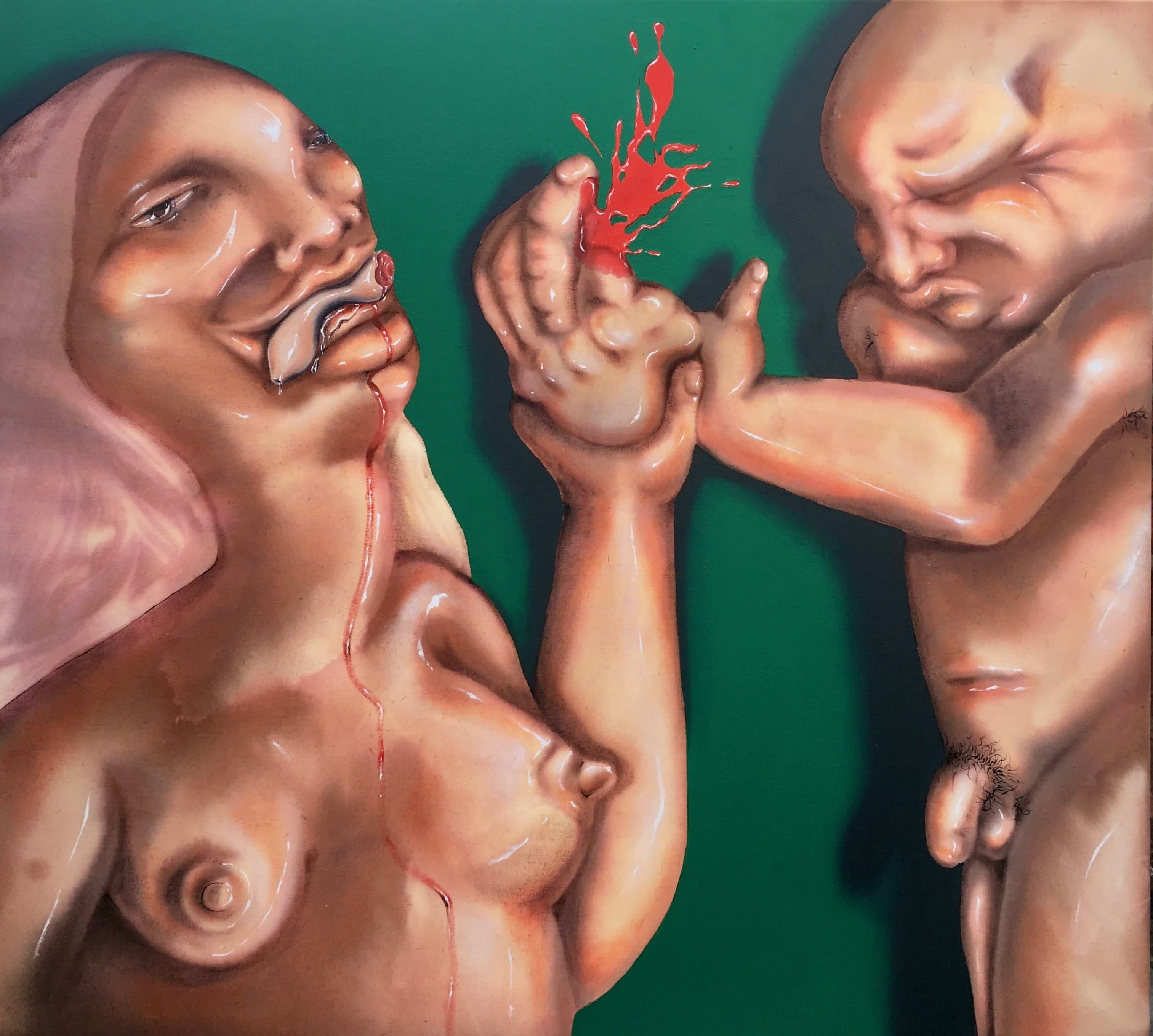
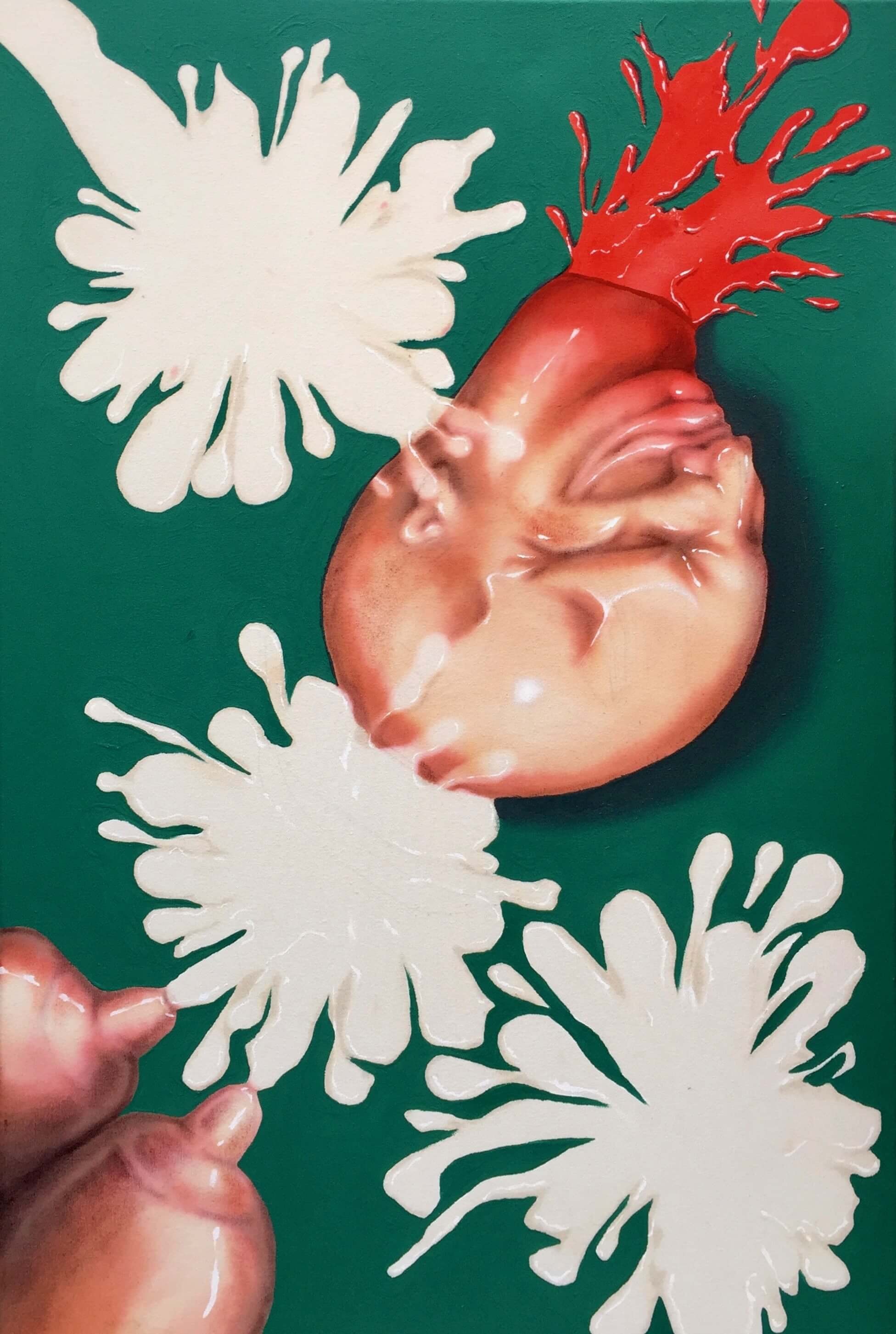
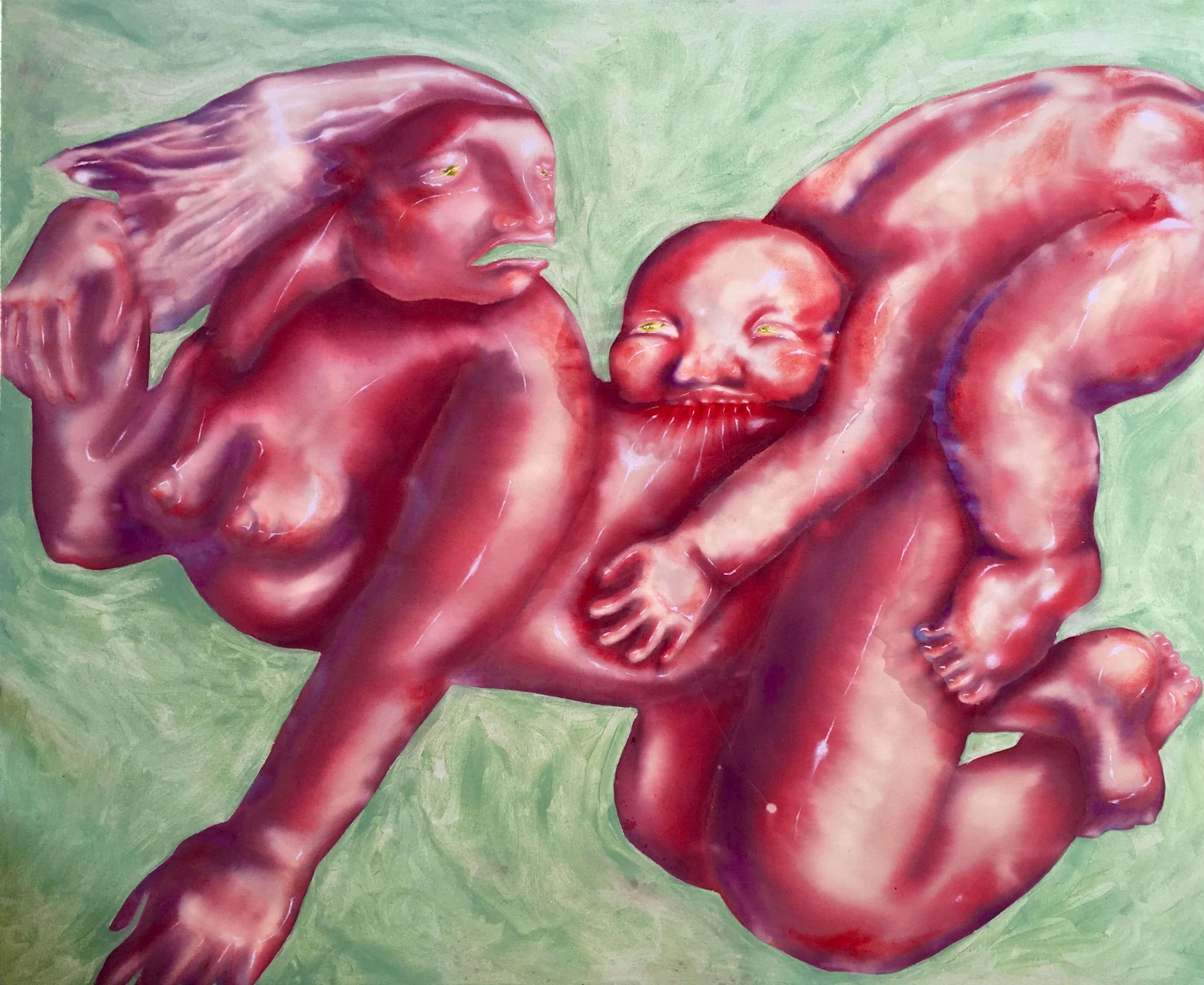
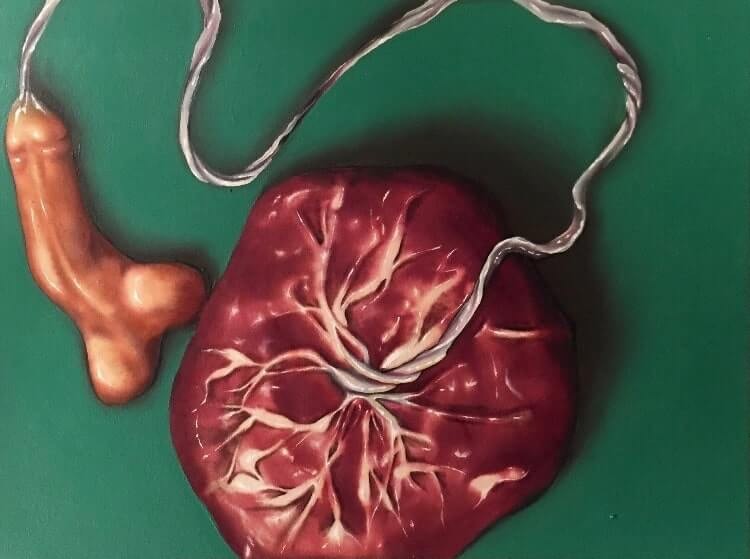
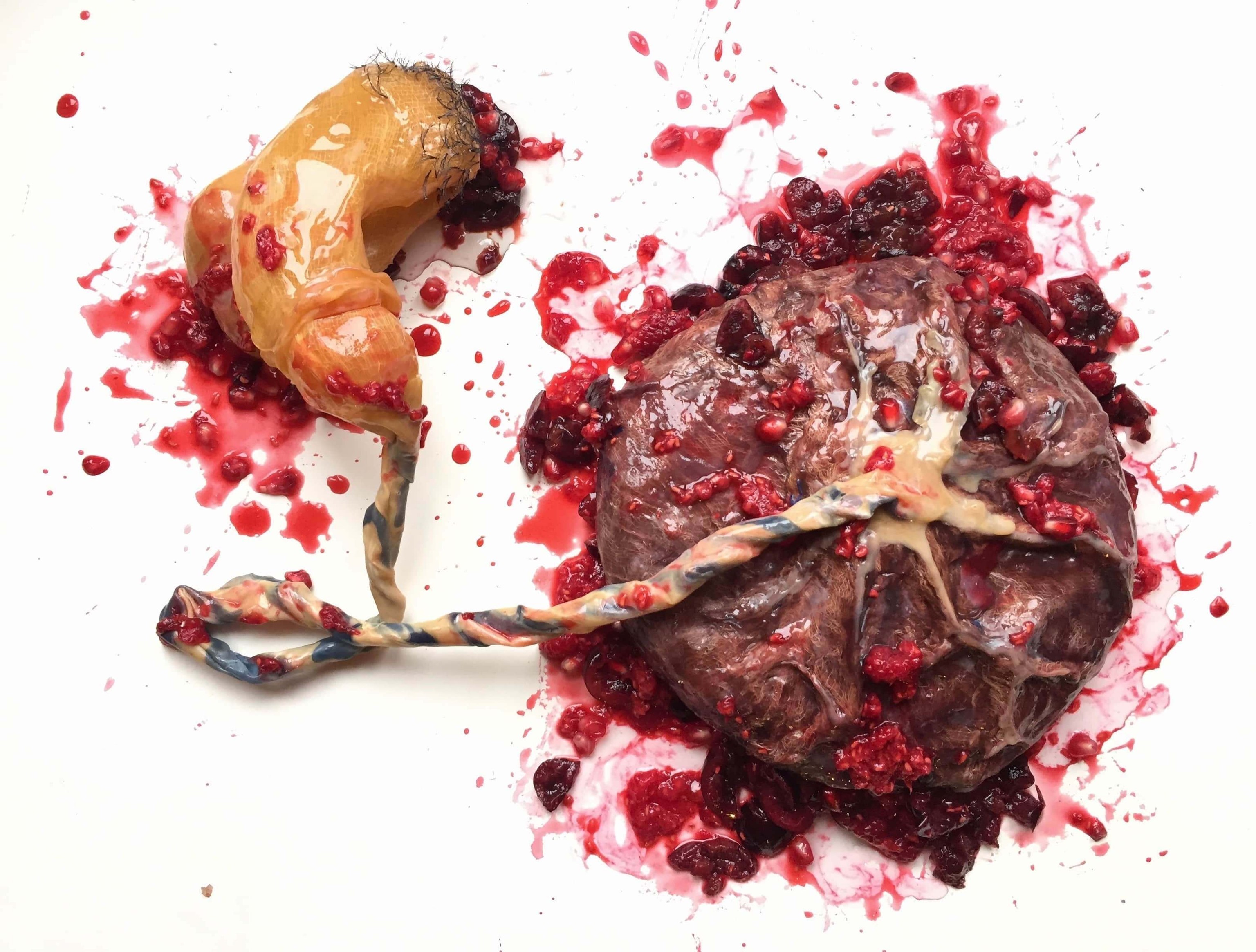

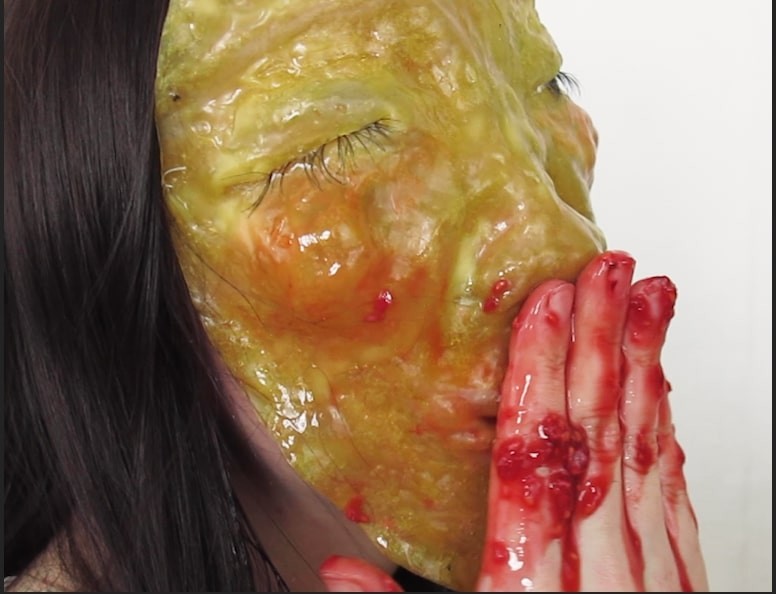

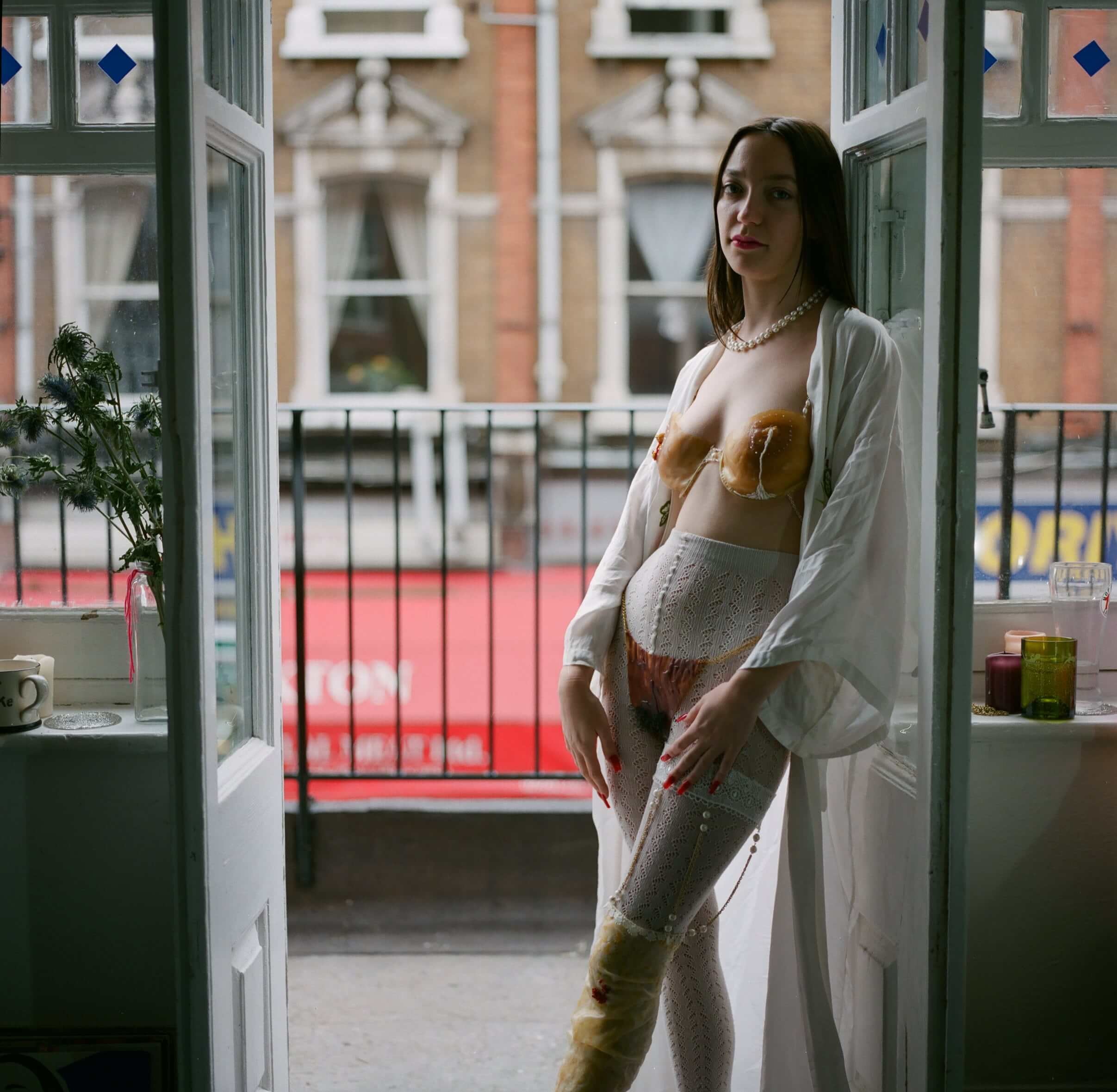
COEVAL, Berlin
Interview
2021
Foolscap Editions, London
Catalogue Essay
2020
Gentrified Underground, Zurich
Catalogue Essay
2020
Camberwell College of Arts, London
Exhibition Text
2019
Kronos Publishing, London
Editor
2019
Elam Publishing, London
Editor
2019
William Bennington Gallery, London
Catalogue Essay
2019
Elam Publishing, London
Catalogue Essay
2018
Camberwell College of Arts, London
Exhibition Text
2018
Limbo Limbo, London
Exhibition Text
2017
Saatchi Art & Music Magazine, London
Review
2017
B.A.E.S., London
Exhibition Text
2016